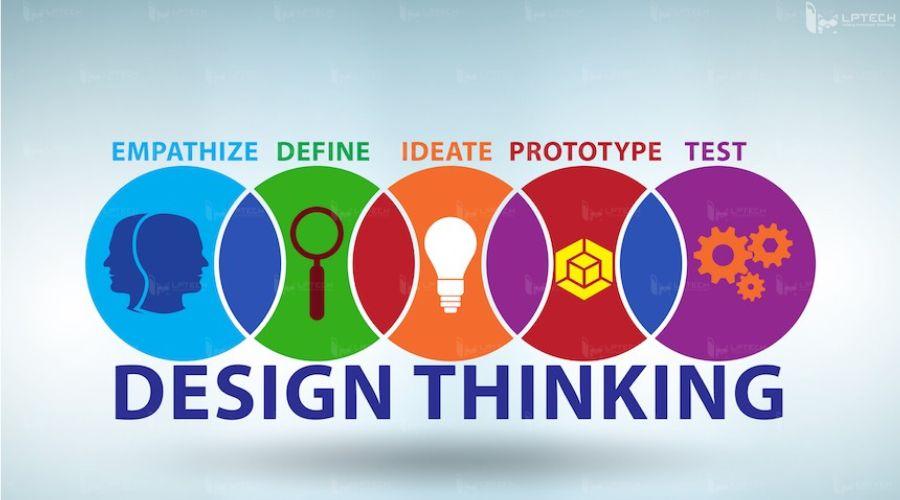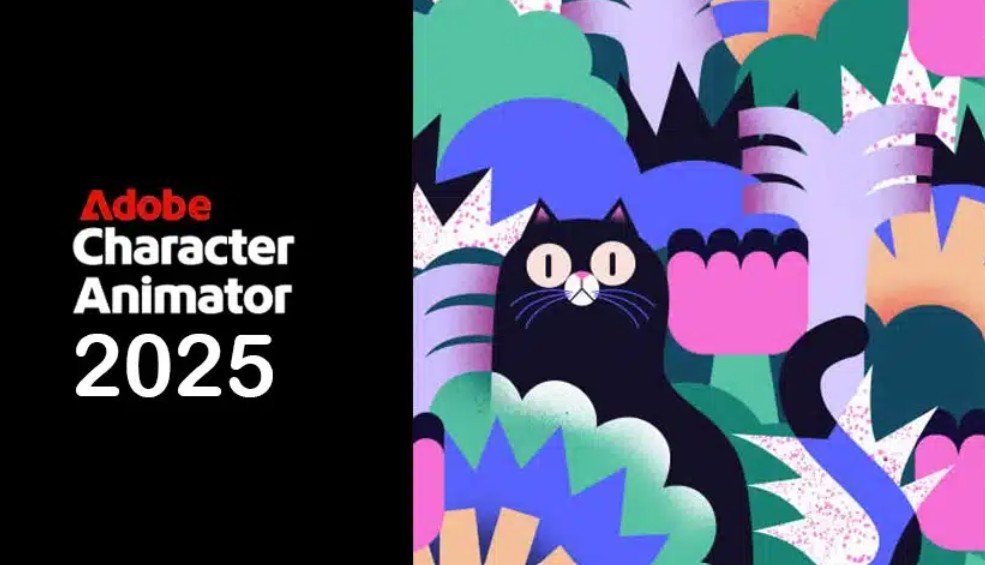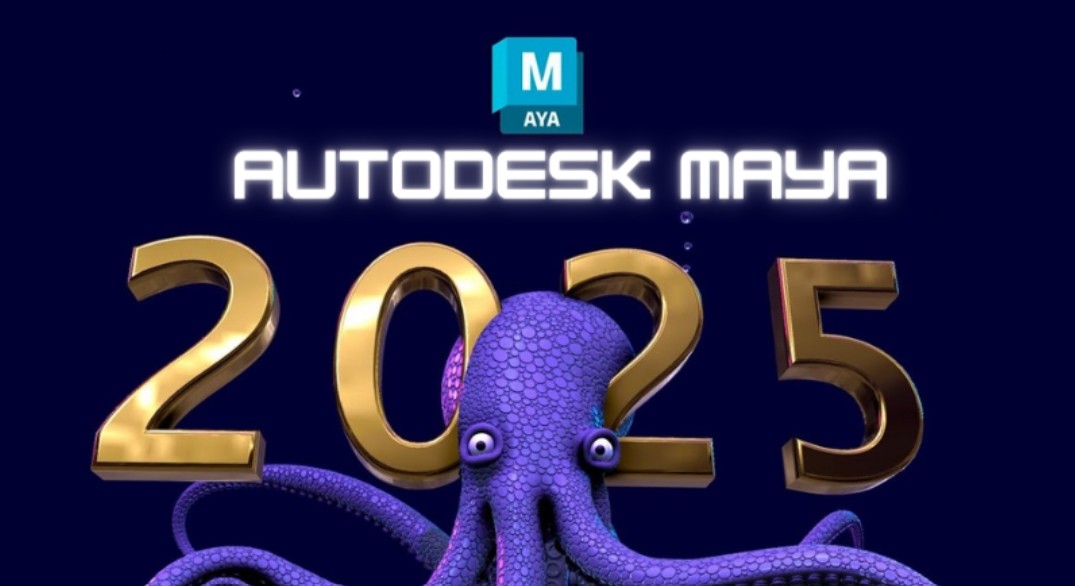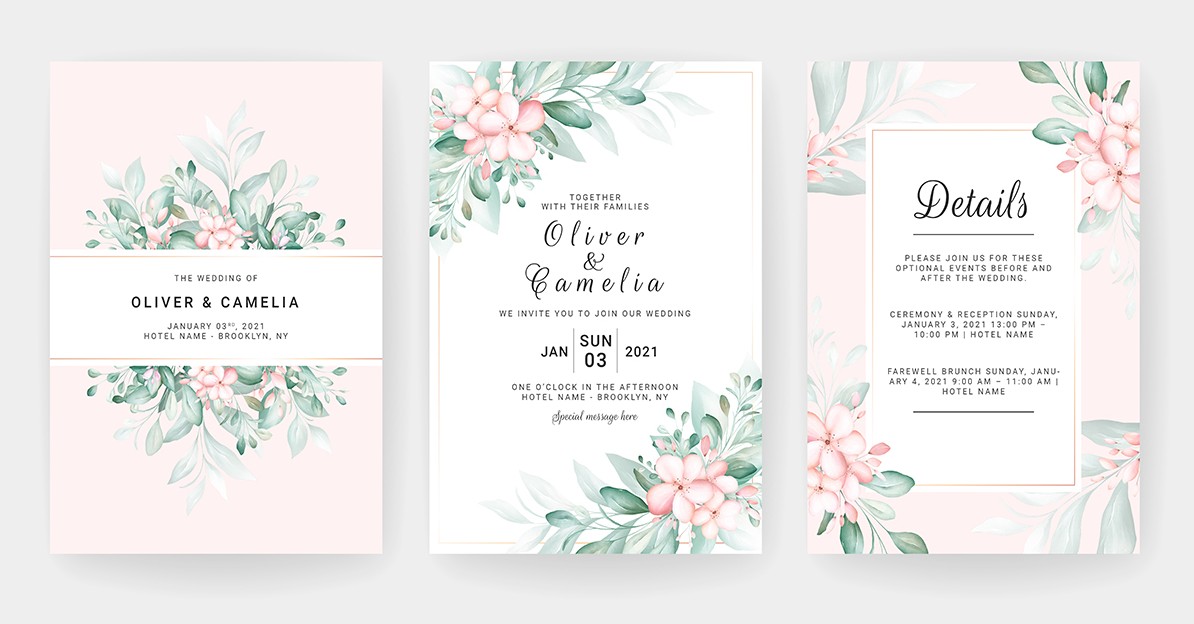Best Selling Products
Understanding Hex Colors and How Hex Color Codes Work in Design
Nội dung
- 1. What is Hex color code?
- 2. How Hex Color Codes Work in Design
- 3. Benefits of Hex color codes in graphic design
- 3.1. Easy to use and apply
- 3.2. High accuracy
- 3.3. Good compatibility with digital platforms
- 4. How to use Hex color codes in web design
- 4.1. Choose colors for the website interface
- 4.2. Use in CSS
- 5. Notes when using Hex color codes in design
- 5.1. Ensure readability and user-friendliness
- 5.2. Use consistent and appropriate colors
- 5.3. Testing on multiple devices
- 6. Hex Color Codes and Developments in Modern Design
- 7. Hex Color Palette for Summer
- 7.1. Dynamic and fresh colors
- 7.2. Cool and pleasant colors
- 7.3. Neutral colors for elegance
- 8. Hex Color Palette for Fall
- 8.1. Earthy Orange (Hex #D27D36)
- 8.2. Light yellow (Hex #F1C27D)
- 8.3. Wine Red (Hex #9B2D20)
- 8.4. Dark Brown (Hex #4A2C2A)
- 9. Hex Color Palette for Winter
- 9.1. Main colors for winter
- 9.2. Hex color scheme for winter
- 10. Advantages of using Hex colors in design
- 10.1. High accuracy
- 10.2. Simple and easy to use
- 10.3. Good compatibility with design platforms and tools
- 11. Conclusion
Learn about Hex color codes, how they work, and their applications in graphic design. This detailed article will help you understand the Hex color system and how to use them effectively in your design projects.

Hex color code (also known as hexadecimal color code) is a popular color encoding system in graphic design and web programming. With its accuracy and ease of use, Hex color code has become an indispensable tool in creating professional web interfaces, applications and graphic images. So what is Hex color code and how does it work in design? Let's find out with Sadesign in the article below.
1. What is Hex color code?
Hex color codes, also known as hexadecimal color codes, are a color coding system used to represent colors in graphic design and web development. This color code is made up of 6 characters, including letters A through F and numbers 0 through 9. Hex color codes are widely used in defining colors for elements on websites such as backgrounds, text, images, and other graphic elements.
(1).jpg)
The structure of a Hex color code consists of three pairs of characters, each representing a primary color: red, green, and blue (RGB). This structure helps to precisely define the shade and brightness of each color. For example, the Hex color code #FFFFFF represents white, while #000000 is the color code for black.
2. How Hex Color Codes Work in Design
Hex color codes work on the RGB (Red, Green, Blue) color system, where each primary color has a value ranging from 00 to FF (in hexadecimal). Each of these values is used to adjust the brightness of the color in each RGB component. Here's how each part of the Hex color code works:
Red : The first two characters in the Hex code represent the color red.
Green : The next two characters represent the color green.
Blue : The last two letters represent the color blue.
For example, the color code #FF5733 would be parsed as follows:
FF : Red value at maximum level.
57 : Green value is moderate.
33 : Blue value is low.
Through these three values, the Hex color code system can create more than 16 million different colors, helping designers and programmers choose the right color for their projects.
3. Benefits of Hex color codes in graphic design
Hex color codes offer many benefits in graphic design and web development. These benefits help design professionals easily control colors and create beautiful interfaces while optimizing website performance. Here are some reasons why Hex color codes are popular in the design industry:
3.1. Easy to use and apply
Hex color codes are easy to use and recognize, because Hex values can be easily copied and pasted into design software or in HTML, CSS source code. This saves designers time and effort when selecting and applying colors to projects.
.jpg)
3.2. High accuracy
Hex color codes provide high accuracy in color reproduction. Compared to other color systems such as RGB or CMYK, Hex codes allow designers to specify colors with almost absolute accuracy. This is an important factor when designing websites or creating graphics that need to be consistent and easy to see.
3.3. Good compatibility with digital platforms
Hex color codes work well across all digital platforms, including different web browsers, design software, and operating systems. This helps ensure that the colors you choose will display correctly on all devices and work environments.
4. How to use Hex color codes in web design
Hex color codes are not only popular in the field of graphics but also an important tool in web design. Applying Hex color codes in HTML and CSS source code helps designers identify color elements easily and accurately. Here is how to use Hex color codes in web design:
4.1. Choose colors for the website interface
Choosing the right colors is one of the most important elements of web design. Hex color codes make it easy to select and change colors without any display issues. You can use tools like Adobe Color or Colorzilla to select the Hex codes for specific colors, creating the right color palette for your project.
When designing a web interface, you should ensure a balance between primary and secondary colors. For example, a white background (#FFFFFF) with black text (#000000) is a very basic, easy-to-read, and clean combination. However, if you want to add some flair, you can use Hex color codes for details like buttons, borders, or other interactive elements.
4.2. Use in CSS
In CSS (Cascading Style Sheets), Hex color codes are used to format colors for HTML elements like text, background, borders, and many more. To apply Hex codes in CSS, you just need to use the following syntax:
css
Copy
background-color: #FF5733;
color: #FFFFFF;
border: 1px solid #000000;
Each Hex color code will produce a specific color and can be easily adjusted to achieve the desired result.
5. Notes when using Hex color codes in design
While Hex color codes are useful in identifying colors, there are a few considerations that designers need to keep in mind to optimize their use:
.jpg)
5.1. Ensure readability and user-friendliness
Hex color codes allow you to choose from a wide range of colors, but it is important to make sure that the colors create an interface that is easy to read and use. Avoid using colors that are too bright or too pale, which can make it difficult for users to read the text.
5.2. Use consistent and appropriate colors
When using Hex color codes, make sure that the colors you choose are related and logical to each other. Every web design project should have a unified color scheme, which helps create harmony and avoids a cluttered feeling for the user.
5.3. Testing on multiple devices
Although Hex color codes are highly accurate, colors may appear differently on different screens and devices. Test your interface on a variety of devices to ensure colors are accurate and consistent.
6. Hex Color Codes and Developments in Modern Design
In modern design, the use of Hex color codes is not limited to web projects but has expanded to other areas such as mobile applications, print graphics, and multimedia design products. The development of technology and the need for increasingly sophisticated user interfaces have made Hex color codes an indispensable tool in the process of creating and developing design products.
With the rapid development of technology and design, Hex color codes still maintain their popularity and convenience. Tools and platforms increasingly support users to find and use Hex color codes more easily. Although there are many different color systems on the market, Hex color is still one of the top choices in the design industry.
7. Hex Color Palette for Summer
Summer brings a bright and energetic space, so choosing the right Hex color palette will create an interesting and eye-catching space. Colors affect emotions and create a specific atmosphere, especially in advertising designs, summer events or graphic projects. Below are suggested Hex color palettes for summer.
7.1. Dynamic and fresh colors
Warm colors like yellow, orange and red are often chosen for summer-themed designs because they create a warm and vibrant feeling. For example:
#FF9F00 (Orange Yellow) – A bright color, expressing enthusiasm and energy.
#FF6347 (Brick Red) – Brings charm and strength.
#FF4500 (Burnt Orange) – This color represents enthusiasm and vitality.
These colors are often used in summer advertising campaigns, giving a dynamic and attention-grabbing feel.
7.2. Cool and pleasant colors
In addition to warm colors, cool colors such as blue, green and mint are also suitable for summer. These colors help to calm the space and bring relaxation.
#00BFFF (Light Blue) – Creates a fresh and cool feeling like the summer sky.
#32CD32 (Lime Green) – Highlights a natural, cool and relaxing space.
#98FB98 (Light green) – Brings a gentle, pleasant feeling and closeness to nature.
Using these colors in design will create an airy space, helping the viewer feel more relaxed and comfortable in the hot summer.
7.3. Neutral colors for elegance
White, light gray and beige are neutral colors that can be easily combined with warm and cool tones. These neutral colors bring lightness, softness and easily create a harmonious design.
#F5F5F5 (Smoky White) – A great choice for backgrounds or small details, giving a light feel.
#D3D3D3 (Light Gray) – This color helps to soften bright tones and create balance.
#F4A460 (Light brown beige) – Creates a warm and cozy feeling, very suitable for designs related to nature.
8. Hex Color Palette for Fall
Fall is a great time to experiment with warm, soft, and subtle colors. Fall colors like orange, yellow, brown, and red not only create a cozy atmosphere but also reflect the transformation of nature. The Hex Fall Color Chart below will help you choose the right shades to create a unique and attractive design space.
.jpg)
8.1. Earthy Orange (Hex #D27D36)
Terracotta is one of the typical colors of autumn. With its warm and pleasant tone, terracotta brings a feeling of comfort and gentleness, very suitable for inspirational designs. Hex code #D27D36 represents an orange color mixed with a bit of brown, creating a warm and close feeling.
8.2. Light yellow (Hex #F1C27D)
Pale yellow is the perfect combination of bright and soft, symbolizing the warm light of autumn. Hex color code #F1C27D brings a pleasant and optimistic feeling. This is a popular color in designs related to living spaces, especially when creating a cozy and friendly environment.
8.3. Wine Red (Hex #9B2D20)
Burgundy is a bold and luxurious color, often used in designs that want to create a strong impression but still retain a subtle touch. Hex color code #9B2D20 brings a strong and attractive feeling, very suitable for designs related to the luxury and coziness of autumn.
8.4. Dark Brown (Hex #4A2C2A)
Dark brown is one of the dominant colors of the fall season, especially when combined with colors like orange and yellow. Hex color code #4A2C2A brings stability and sustainability, which is perfect for designs that require solidity and formality. It is an ideal color to create a cozy, intimate and inspiring space.
9. Hex Color Palette for Winter
Winter often brings a feeling of coldness and silence, so choosing the right color palette for this season is very important in design. Winter colors are often associated with cool, deep and soft tones, helping to create a relaxing, warm and intimate space.
9.1. Main colors for winter
Cold Blue
Hex Code: #1E3A5F
Cool blue is a great color to bring a sense of peace and tranquility. It is one of the main colors of winter, with its deep and mysterious shades.
Light Gray
Mother Hex: #D3D3D3
Light gray gives a warm but not too bright feel, ideal as a backdrop for winter designs.
Crimson Red
Mã Hex: #9C2A2A
Dark red is a typical winter color, representing warmth and associated with the festive atmosphere. This color is very suitable for creating accents in designs.
Pure White
Mã Hex: #FFFFFF
White brings a sense of purity and lightness. This is a popular color in winter, symbolizing falling snow and the beauty of winter.
Wood Brown
Mã Hex: #8B4513
Wood brown is a warm color, reminiscent of the cozy atmosphere of houses in winter. It can be used as a background color or an accent color in design.
9.2. Hex color scheme for winter
When creating a Hex color palette for winter, you can combine cool, muted colors like blues and grays with warm tones like crimson and wood browns. These colors will create a harmonious space that is both warm and airy. The key is to strike a balance between light and dark tones to create a design that is pleasing to the eye and not too harsh.
10. Advantages of using Hex colors in design
.jpg)
10.1. High accuracy
Hex color codes help you define colors precisely, as each red, green, and blue value can be adjusted from 0 to 255 (represented as two Hex characters from 00 to FF ). This allows you to create more precise colors than other color systems.
10.2. Simple and easy to use
Hex color codes are quite easy to learn and use, as they only require remembering basic color codes and simple operations to select colors. With just one click, you can determine the exact color you want, without having to worry about coordinating complex RGB values.
10.3. Good compatibility with design platforms and tools
Most graphic design tools and web platforms support the use of Hex color codes, making it easy to maintain consistency across projects. This is especially important when working with multiple platforms and software.
11. Conclusion
Through the article, we have provided information on how Hex color codes work and apply them to help you improve efficiency in design projects, creating beautiful and professional products. Let's start exploring and applying Hex color codes to your design work today!












































